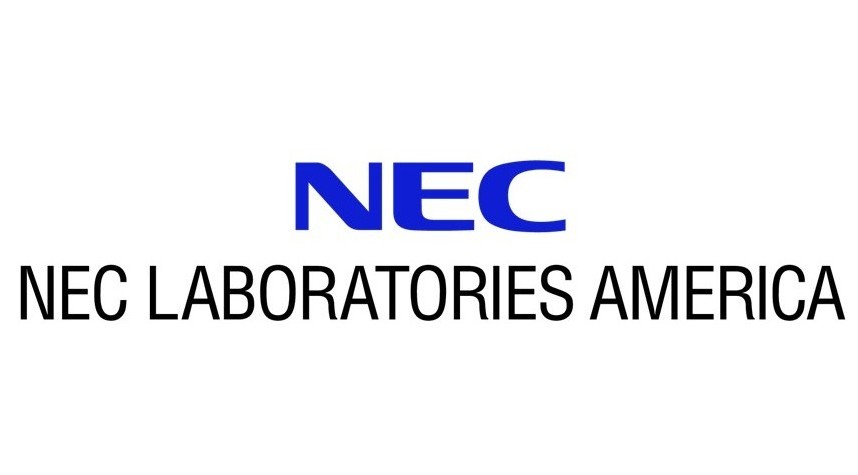Spatial Signatures for Predicting Immunotherapy Outcomes Using Multi-Omics in Non-Small Cell Lung Cancer
Non-small cell lung cancer (NSCLC) shows variable responses to immunotherapy, highlighting the need for biomarkers to guide patient selection. We applied a spatial multi-omics approach to 234 advanced NSCLC patients treated with programmed death 1-based immunotherapy across three cohorts to identify biomarkers associated with outcome. Spatial proteomics (n?=?67) and spatial compartment-based transcriptomics (n?=?131) enabled profiling of the tumor immune microenvironment (TIME). Using spatial proteomics, we identified a resistance cell-type signature including proliferating tumor cells, granulocytes, vessels (hazard ratio (HR)?=?3.8, P?=?0.004), and a response signature, including M1/M2 macrophages and CD4 T cells (HR?=?0.4, P?=?0.019). We then generated a cell-to-gene resistance signature using spatial transcriptomics, which was predictive of poor outcomes (HR?=?5.3, 2.2, 1.7 across Yale, University of Queensland and University of Athens cohorts), while a cell-to-gene response signature predicted favorable outcomes (HR?=?0.22, 0.38 and 0.56, respectively). This framework enables robust TIME modeling and identifies biomarkers to support precision immunotherapy in NSCLC.

